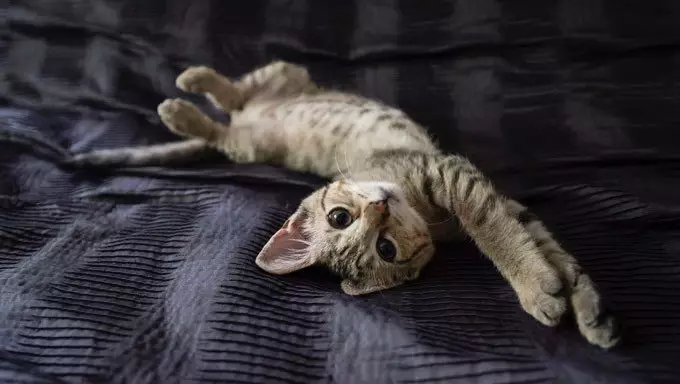Cats have cemented their status as one of the most cherished pets among American households. Their unique combination of intelligence, affection, and enigma makes them appealing companions. However, the mystique surrounding cats often leads to numerous misconceptions that can affect their well-being and behavior. This article seeks to explore and clarify ten prevalent myths about cats and highlight the need for a deeper understanding of these fascinating creatures.
One of the most troubling myths is that cats do not experience anxiety, particularly when it comes to being left alone. Contrary to this belief, many cats suffer from separation anxiety, which can manifest in distressing behaviors such as inappropriate elimination, excessive vocalization, or compulsive grooming. It is vital for cat owners to understand that their pets thrive in an engaging environment filled with interaction. Limiting solitary time and engaging in enriching activities like playtime or providing stimulating toys can significantly alleviate anxiety in feline companions. If a cat displays signs of distress, consulting a veterinarian can help identify underlying issues and suggest strategies to foster a more relaxed environment.
Another common myth suggests that cats that fail to use their litterboxes are simply being disobedient or spoiled. In reality, litterbox aversion often stems from medical or psychological issues. Conditions like urinary tract infections or stress-related anxiety can lead to such behavior, prompting immediate veterinary attention. Once medical problems have been ruled out, owners can explore retraining methods, such as adjusting litter types, increasing the number of litterboxes, or employing calming pheromones to make the box more inviting. Understanding these nuances can help strengthen the bond between caregiver and cat.
Many people assume that a cat’s scratching is an act of aggression or a behavioral flaw. However, scratching is a natural behavior critical for a cat’s well-being. Cats scratch to maintain their claws, expel energy, and communicate their territory. Owners can provide appropriate outlets for this instinct by supplying dedicated scratching posts in areas where the cat naturally likes to scratch. Encouraging these healthy habits not only protects your furniture but contributes to your cat’s mental health.
A particularly unsettling myth is that cats pose a danger to infants, such as “sucking the air from a baby’s lungs.” This notion is purely fictitious. In reality, cats can form loving and protective relationships with children, provided that interactions are supervised and introductions are managed carefully. Creating a safe environment for both the cat and the child enhances their relationship and can be rewarding for both parties.
The belief that cats are solitary animals and prefer to be alone is also misleading. In fact, many felines benefit from companionship, whether it’s with other cats, pets of different species, or their human families. If adopting a kitten, especially, it may be beneficial to consider bringing home multiple kittens from the same litter to encourage bonding and mitigate loneliness. Adult cats, too, can adjust and thrive with a new feline friend if introductions are made gradually.
It’s a common frustration that cats tend to vocalize, and some owners interpret this behavior as irritating or attention-seeking. However, excessive meowing can be a sign of distress, health conditions such as hyperthyroidism, or even cognitive dysfunction in senior cats. Instead of dismissing this communication as mere nuisance, it is crucial for cat owners to pay attention to their pet’s vocalizations and consider consulting a veterinarian if such behavior becomes concerning.
Some cat owners believe that veterinary visits are inherently stressful for their pets, leading them to delay or avoid appointments. This misconception can be detrimental to a cat’s health. Regular check-ups are essential for spotting health problems before they become severe. Thankfully, many veterinary clinics are now employing cat-friendly practices, such as quiet waiting areas and gentle handling, to minimize stress. Seeking guidance from a veterinarian on how to ease the process can make a significant difference in how cats perceive their visits to the clinic.
Myths and misconceptions about cats abound, often leading to misunderstandings that can adversely impact their lives. Education and awareness are essential for nurturing the bond between owners and their feline companions. By challenging these misconceptions and understanding our cats better, we can ensure that they lead happy, healthy lives filled with love and companionship.


Leave a Reply